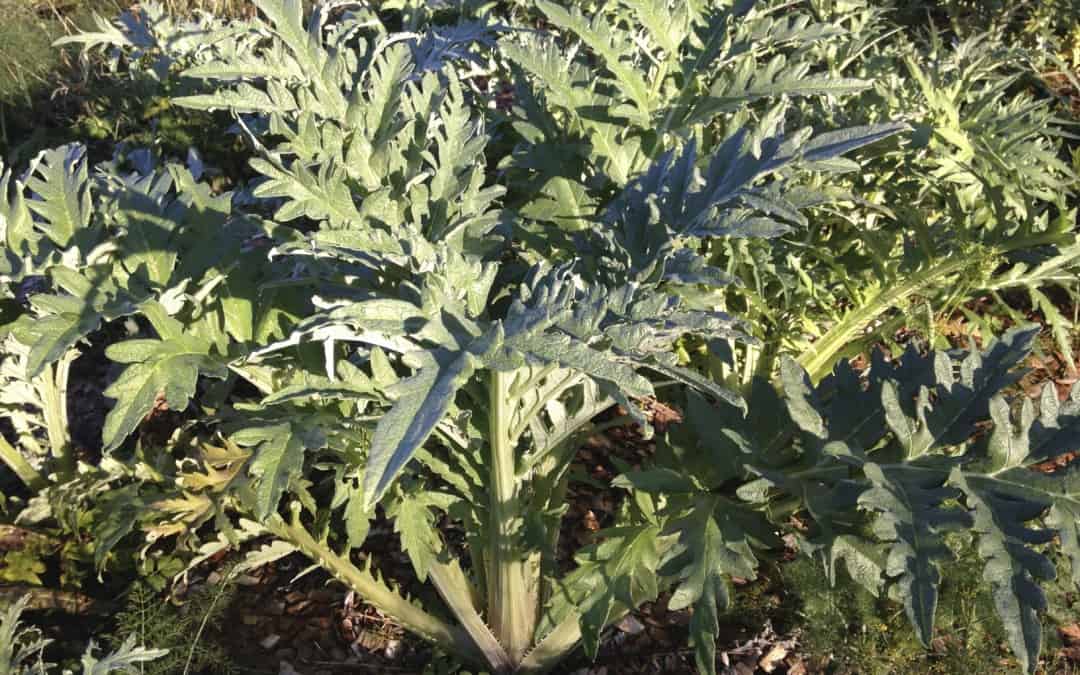The cultivation of food can be traced back to South East Asia between 8-10,000 years ago. It is not entirely clear as to degree of cultivation that went into growing rice in this area. It is however clear that humans started to identify desirable wild plants which later formed the breeding stock for todays staples.
One theory that has been discussed is that cultivation of food first begun on rubbish dumps and in small permanent garden plots close to settlements and on such sites a great diversity of plant species flourished in a human-constructed and human-protected environment.
Thousands of years later we are rediscovering the importance of growing our own food. Food security, questions of the quality and safety of store bought produce have all played a part in resurrecting the Urban food garden movement.
In BC we do not have enough ALR lands to supply our population with fresh food. Cheap oil prices have taken us down a path of reliance on other countries to supply us with our basic food needs. This has also led to a generation of people who have become disconnected with the land and the skills of how to grow vegetables.
We are very lucky in that we have always grown some of our own vegetables and every year we have slowly expanded the garden to accommodate more and more of our own produce. The latest trend is to not only grow more vegetables for your self and family, but to do it in such a way as to maximize its ornamental value. We have been experimenting with combining ornamental and edible plants.
We have concluded that if you provide a good backbone or framework of ornamental plants for year round interest, it is then quite easy and beneficial to incorporate edible plants into your landscape. The days of having square sterile looking growing areas for your vegetables are over, why not maximize their ornamental value and have a more naturalistic look to your garden.
The obvious benefits are aesthetic, but other benefits go way beyond this to include a more diverse habitat for insects and other wildlife which in turn creates a greater balance within your landscape. More balance means less human intervention with regards to pest control. In fact with this type of layout pests are rarely a issue, and if you do have an infestation it is often linked to your soil rather than poor plants. Weak plants are easy targets, weak plants are produced when soils are out of balance. New soils are often challenged in this way as even the best looking, most expensive topsoil is often devoid of soil organisms. Organic matter and correct soil treatment will quickly turn this situation around.
You can achieve a wonderful effect using plants such as squash, cucumber, sunflowers, corn… the list goes on and on. Foliage here being the key. When we design landscapes and we focus on the plant choices foliage is always the primary component. With a vegetable planting this may not be the primary concern but you can work this into the design.
So try and think outside the box and work a few edibles into your landscape, because there is nothing like eating your own vegetables. Huge health benefits, and being one step closer to self sufficiency are two reasons you should give this a try.
Credits:
Winter 1985 Journal of Ethnobotony
FOOD AND THE EARLY HISTORY OF CULTIVATION
I.S. Farringston & Dr. James Urry

